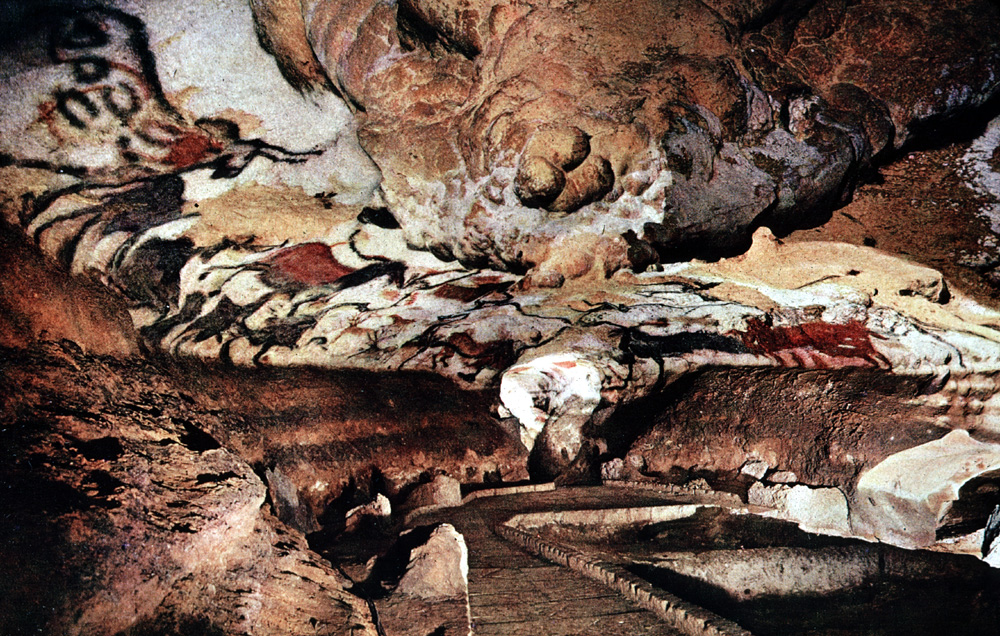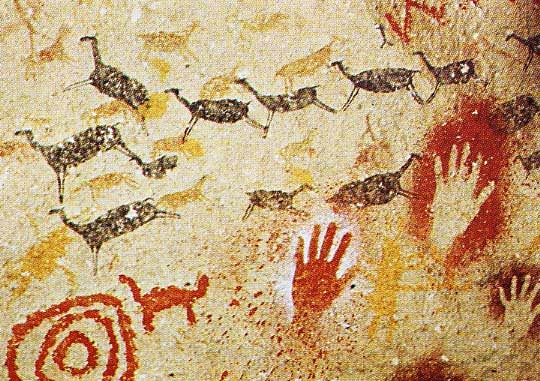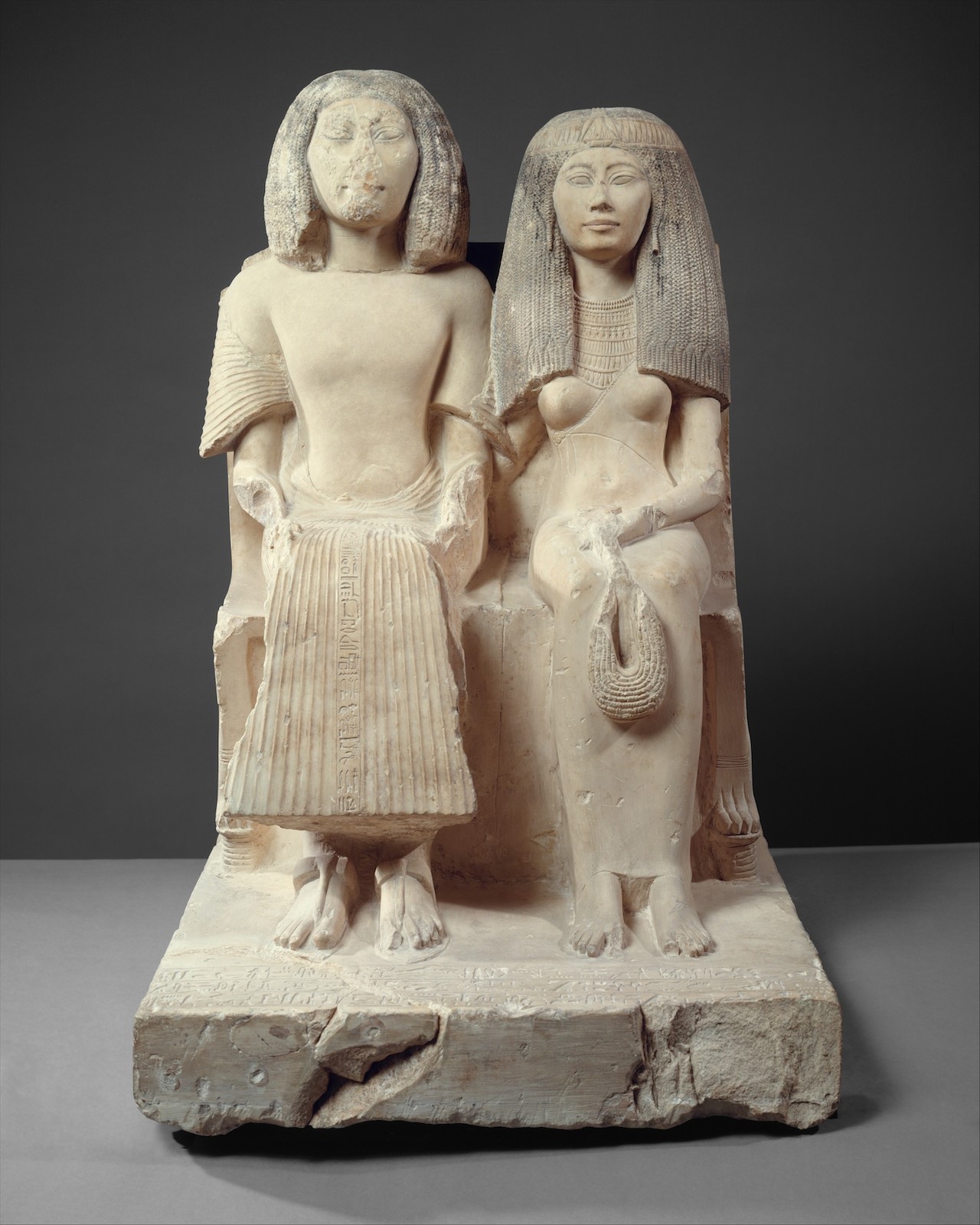Art’s Role in Understanding Across Cultural Differences | Alexandria, Egypt
We are very happy to publish a contribution by Egyptian artist Asmaa Youssef M. Elmongi on our conversation about art across borders.

Art's Role in Understanding Across Cultural Differences
To recognise the arts' role in cultural communication requires attention to several aspects. For instance, we can understand about human nature and culture by reading the writings of art historians. On the other hand, if we read more about humans' culture, we will learn more about art. Visual images and illustrations are important in understanding the world, but it is important as well to pay attention to the artistic features, such as the style, the size of the work, the date of its creation, the physical location, and the material.

The process of creativity is rarely released solely by an individual. It is a result of three powers which contribute to the creation. Those powers are communities, cultural domain, and the individual who can be creative in a specific domain. The communities which allow art to growth feature great connections between citizens of different gender, religion, age, race and class. In addition, arts and cultural events improve the economic situation by offering job opportunities, as the artists no longer work individually, and they need a support staff of computer specialists, programmers, engineers or assistants to create an installation, interactive artwork or digital artwork. It requires organizers and workers to build the event.

Furthermore, it provides an opportunity to foster education through participation and interaction which in turn promote social communication between residents. Reliable research has found that low-income communities with more art activities lost fewer residents than those with less art activities. They also achieve higher test scores as well as low rates of crimes.
There are many evidences throughout history that show art as a major part of cultural communication. For instance; due to less written records during the Paleolithic era, we have learned about the human nature and culture by the archeological and Ethnographic artifacts. The Chauvet and Lascaux Caves' paintings in the South and South-West of France as well as Altamira in the North of Spain present animals, human figures and abstract signs. Researchers suggest that those paintings refer to the calculation of the successful hunting, or they could be a representation of their religious rituals.

The main purpose of the old Egyptian art was to understand and relate to the world. It was shown significantly in their art that they were in a peaceful contact with the other lands while those neighbors were bringing gifts to the king for trade. However, there are reliefs which show the king trampling the enemies.
In addition, There are statues and drawings present the normal events of daily life of eminent persons such as the drawing on the lower back of Yuny's statue which makes it simple for anyone to recognize how their lives were even without understanding the Hieroglyphic language.

When it comes to talk about art history, it is impossible not to talk about politics, cultures or societies. For instance; we cannot mention the Fluxus group without referring to the Second World War (1939-1945) as it has changed the political and social structure in the whole world. It has led to the cultural cold war which lasted up to 46 years. Art was a major aspect of the cold war as it is the most accessible mean of communication and understanding across the world.
In conclusion, like our ancestors, artists in contemporary era practice art to express their thoughts and to communicate with others. When we present a work of art in a gallery or exhibition, it means that we invite the other to start a conversation. People usually use different methods of expressing their thoughts like sounds, visual images, movements...etc. The artist uses these means in a way or another to open the audience's mind to a different perspective of the world. Moreover, they involve others to think further and to understand their concepts. Those artists in turn represent their culture, race, class, religion and community. All this iterates the fact that art means communication and there is no art without a creator and an audience to receive it and understand its main purpose.
References:
Books:
- Art History: Interpreting Culture Through Visual Arts, Chapter 6,

Asmaa Elmongi 2014
- Art of Ancient Egypt, The Metropolitan Museum of Art, Mr. and Mrs. Frederick P. Rose
- Arts and Culture Asset Mapping, Portland State University. 2010
Websites:
- http://emptyeasel.com/2012/02/07/if-art-is-a-language-how-well-do-you-communicate/
- http://www.hudsonsounds.org/creative-expression-how-does-an-artist-communicate-their-message/
Asmaa Youssef M Elmongi graduated in Painting and Fine Arts from the University of Alexandria, Egypt,in 2012, and is pursuing a Master's degree in Painting and Art History. She now holds a curatorial position at the Museum of Fine Arts in Alexandria. Since 2004 she has participated in several international and regional events, workshops and exhibitions You can read an interview with Asmaa published last October on this site.